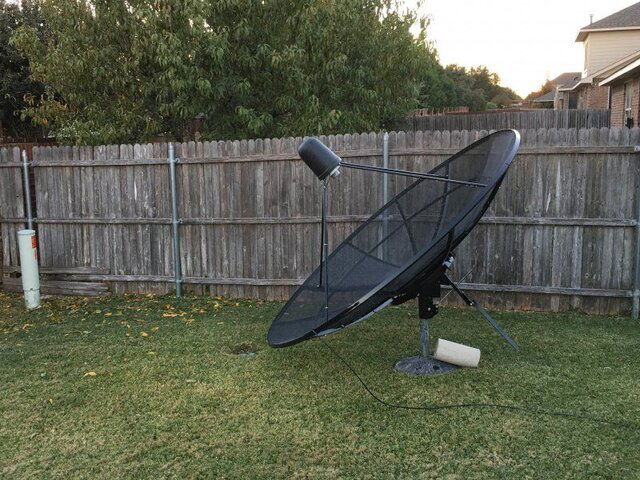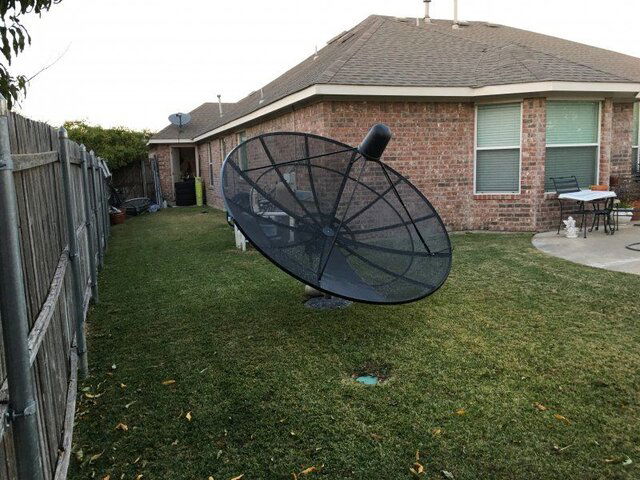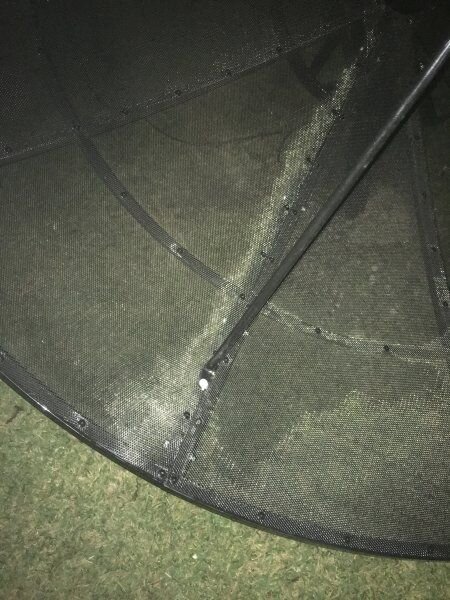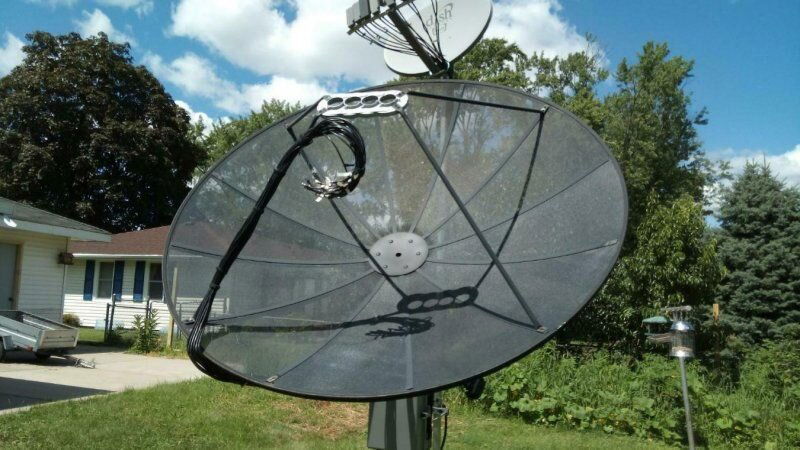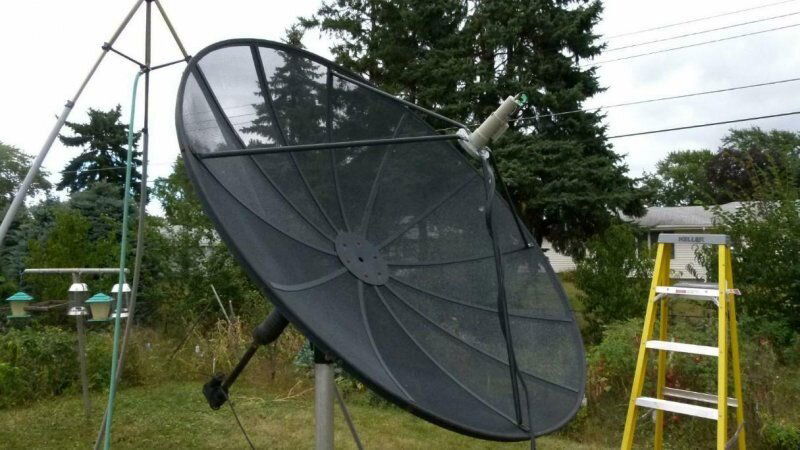Hi
I posted on here last month about getting a mesh c band dish, after not having much luck obtaining one locally I ended up ordering tek2000s 8ft prime focus mesh dish. I'd give it 4 stars out of 5 because I had to assemble it with no instructions. It receives c band programming fine with my CK1S C KU combo lnb. Hope this isn't a dumb question but even if I have the dish locked on a c band signal I get nothing on ku from the same satellite when I connect the receiver to the Ku portion. I still haven't ordered the 22mhz switch to recieve both bands without switching the connections. I just want to know if there's something wrong with the ku portion of the lnb or am I doing something wrong? For example I can lock ses3/amc1 on c band and get ION and the feeds but when I try to connect the ku part I get nothing. I've had amc 1 locked on my primestar dish and got all the NBC feeds and COZI programmed into my receiver but can't get anything with the c band pointed at ses 3/amc 1. I get strength but no quality whatsoever on ku on any of the satellites but c band comes in fine. Do I need the 22mhz switch to make the combo work, I've been physically switching between c and ku for the time being. I have the ku set on 10750 which is what it's calls for but I still get nothing. Any help would be appreciated.
Thanks
I posted on here last month about getting a mesh c band dish, after not having much luck obtaining one locally I ended up ordering tek2000s 8ft prime focus mesh dish. I'd give it 4 stars out of 5 because I had to assemble it with no instructions. It receives c band programming fine with my CK1S C KU combo lnb. Hope this isn't a dumb question but even if I have the dish locked on a c band signal I get nothing on ku from the same satellite when I connect the receiver to the Ku portion. I still haven't ordered the 22mhz switch to recieve both bands without switching the connections. I just want to know if there's something wrong with the ku portion of the lnb or am I doing something wrong? For example I can lock ses3/amc1 on c band and get ION and the feeds but when I try to connect the ku part I get nothing. I've had amc 1 locked on my primestar dish and got all the NBC feeds and COZI programmed into my receiver but can't get anything with the c band pointed at ses 3/amc 1. I get strength but no quality whatsoever on ku on any of the satellites but c band comes in fine. Do I need the 22mhz switch to make the combo work, I've been physically switching between c and ku for the time being. I have the ku set on 10750 which is what it's calls for but I still get nothing. Any help would be appreciated.
Thanks


